1956 Chevrolet 210 For Sale – When you buy something made from premium materials, crafted with attention to detail, and tested for reliability, you can expect it to deliver value that surpasses its initial cost. A home is more than just walls and a roof; it’s where memories are made, where families grow, and where life unfolds. The artist who created it may have one understanding of its worth, while a collector may see it as a valuable investment, and a casual admirer might simply appreciate its beauty without considering its monetary value. Quality goods transcend trends and fleeting fads. But in the end, whether it’s an item or an individual, the process of being “for sale” is a negotiation of worth, a moment of exchange. There’s a certain art to selling something. There’s something deeply satisfying about using an item that was crafted with skill and attention. This pride comes not just from the product itself, but from knowing that you are supporting a tradition of craftsmanship and care. Technological advancements and shifts in consumer behavior can also impact the types of businesses that buyers are interested in. For sale, it seems like a simple phrase, yet it carries with it an array of possibilities, emotions, and decisions that can shape someone’s life. For fashion-conscious individuals, buying second-hand is a way to express their personal style while also supporting sustainable practices. The marketplace, for all its flaws, has brought about great innovations. The first and most obvious reason is the tangible benefits they offer. While buying and selling second-hand items can come with its challenges, the rewards—both financially and environmentally—make it a worthwhile pursuit for many people. Similarly, during periods of economic growth, there may be a greater willingness to spend on luxury second-hand items, such as high-end fashion or collectible items. It carries the marks of life’s moments: the road trips, the adventures, the daily commutes, the memories of friends and family. A car might be sold because it no longer serves the needs of its owner, or perhaps the owner is simply ready for a change. In a world that often prioritizes convenience
The notion of a business for sale is one that captures the imagination of many. In a circular economy, items are kept in use for as long as possible, reducing the need for new resources and minimizing environmental harm. Websites and apps like eBay, Craigslist, Facebook Marketplace, and Poshmark have made it easier than ever to find second-hand goods for sale, offering a wider selection and more convenience than traditional brick-and-mortar stores.
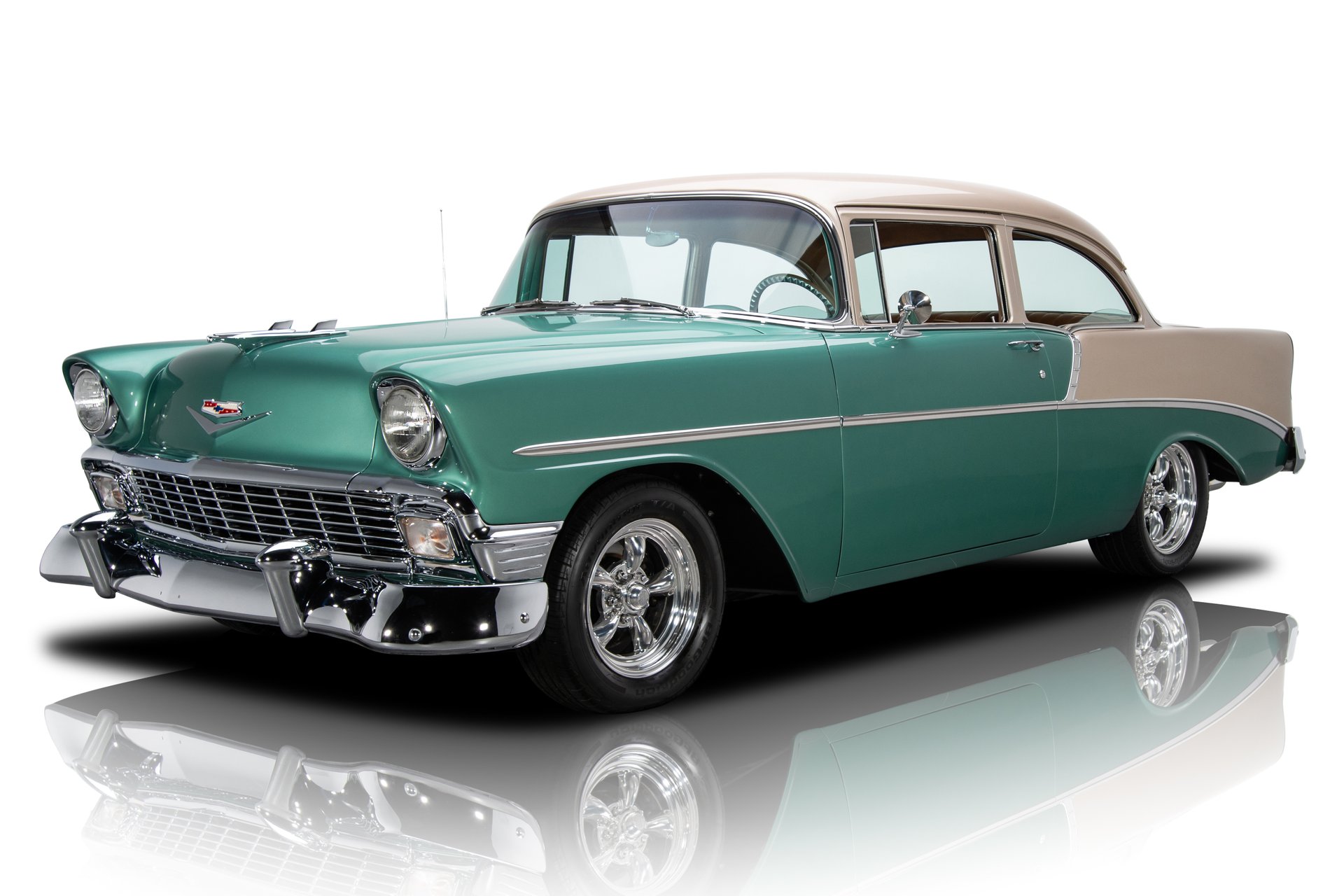
136267 1956 Chevrolet 210 RK Motors Classic Cars and Muscle Cars for Sale
30 day return policysave off dealer pricesfast shippingover 10 million car parts Huge showroom of carsfinancing optionsover 5 years in business

1956 Chevrolet 210 Fast Lane Classic Cars
30 day return policysave off dealer pricesfast shippingover 10 million car parts Huge showroom of carsfinancing optionsover 5 years in business

White 1956 Chevrolet 210 For Sale MCG Marketplace
30 day return policysave off dealer pricesfast shippingover 10 million car parts Huge showroom of carsfinancing optionsover 5 years in business
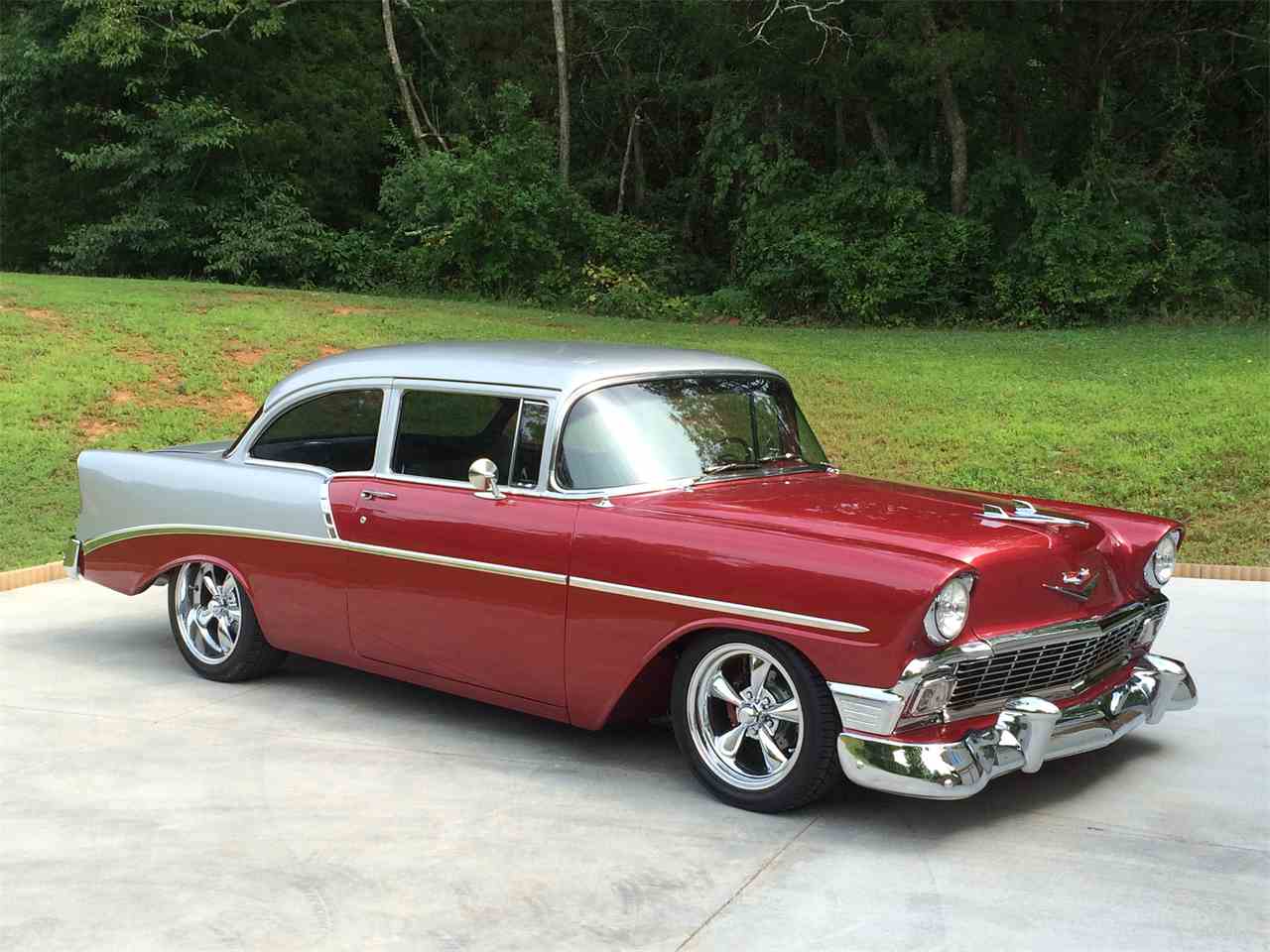
1956 Chevrolet 210 for Sale CC736303
Huge showroom of carsfinancing optionsover 5 years in business 30 day return policysave off dealer pricesfast shippingover 10 million car parts
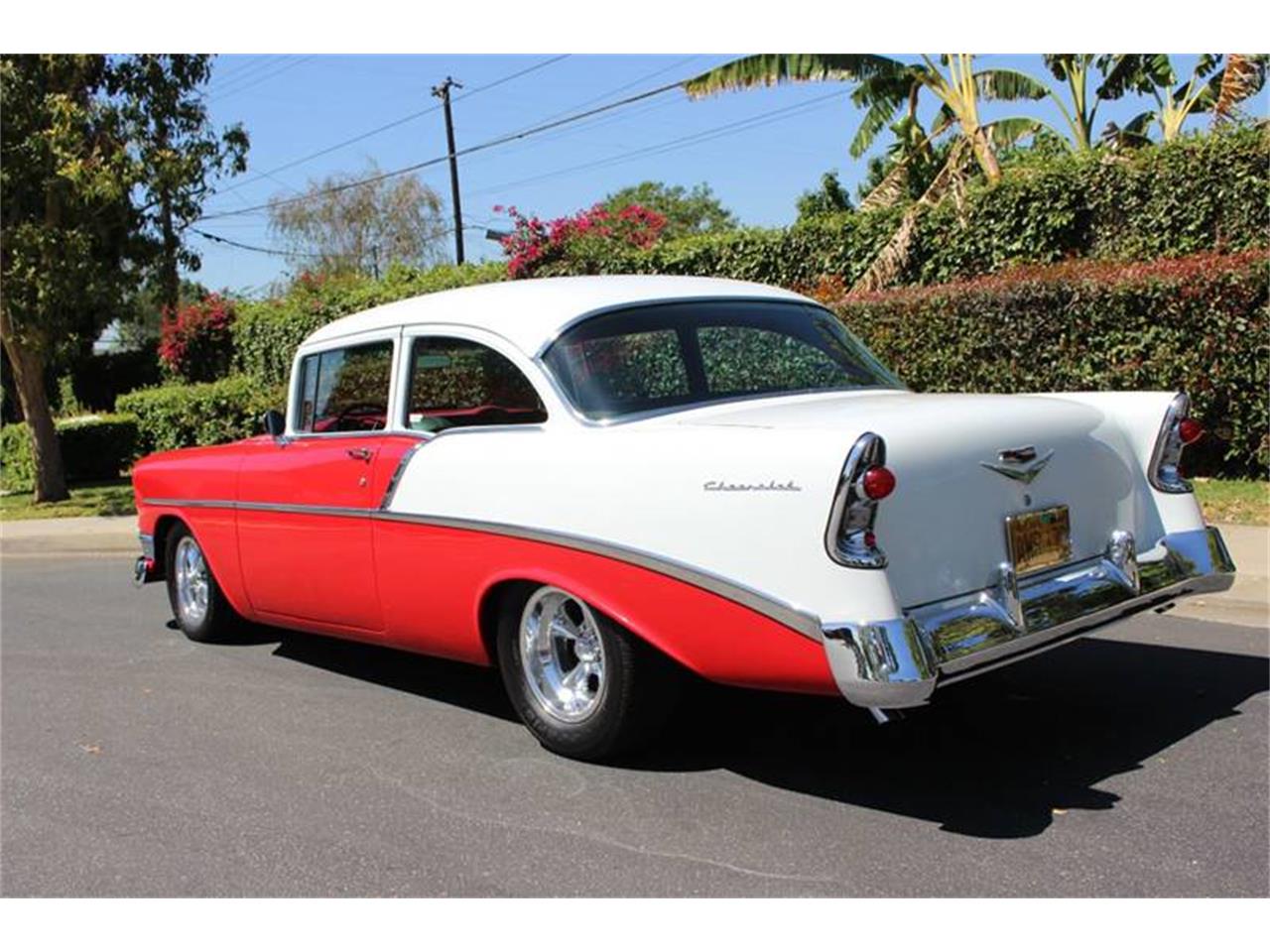
1956 Chevrolet 210 for Sale CC981284
30 day return policysave off dealer pricesfast shippingover 10 million car parts Huge showroom of carsfinancing optionsover 5 years in business
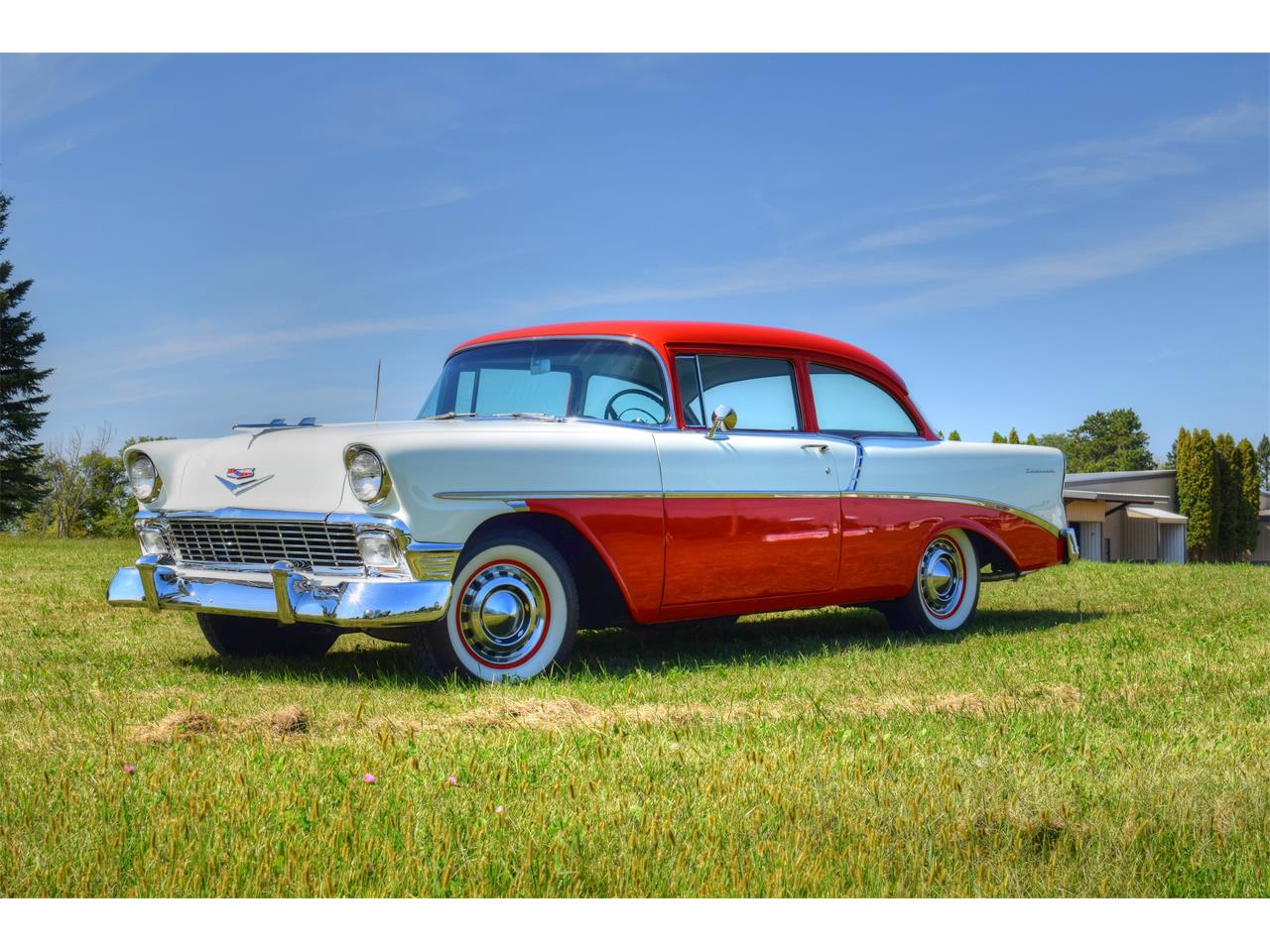
1956 Chevrolet 210 for Sale CC1141575
Huge showroom of carsfinancing optionsover 5 years in business 30 day return policysave off dealer pricesfast shippingover 10 million car parts
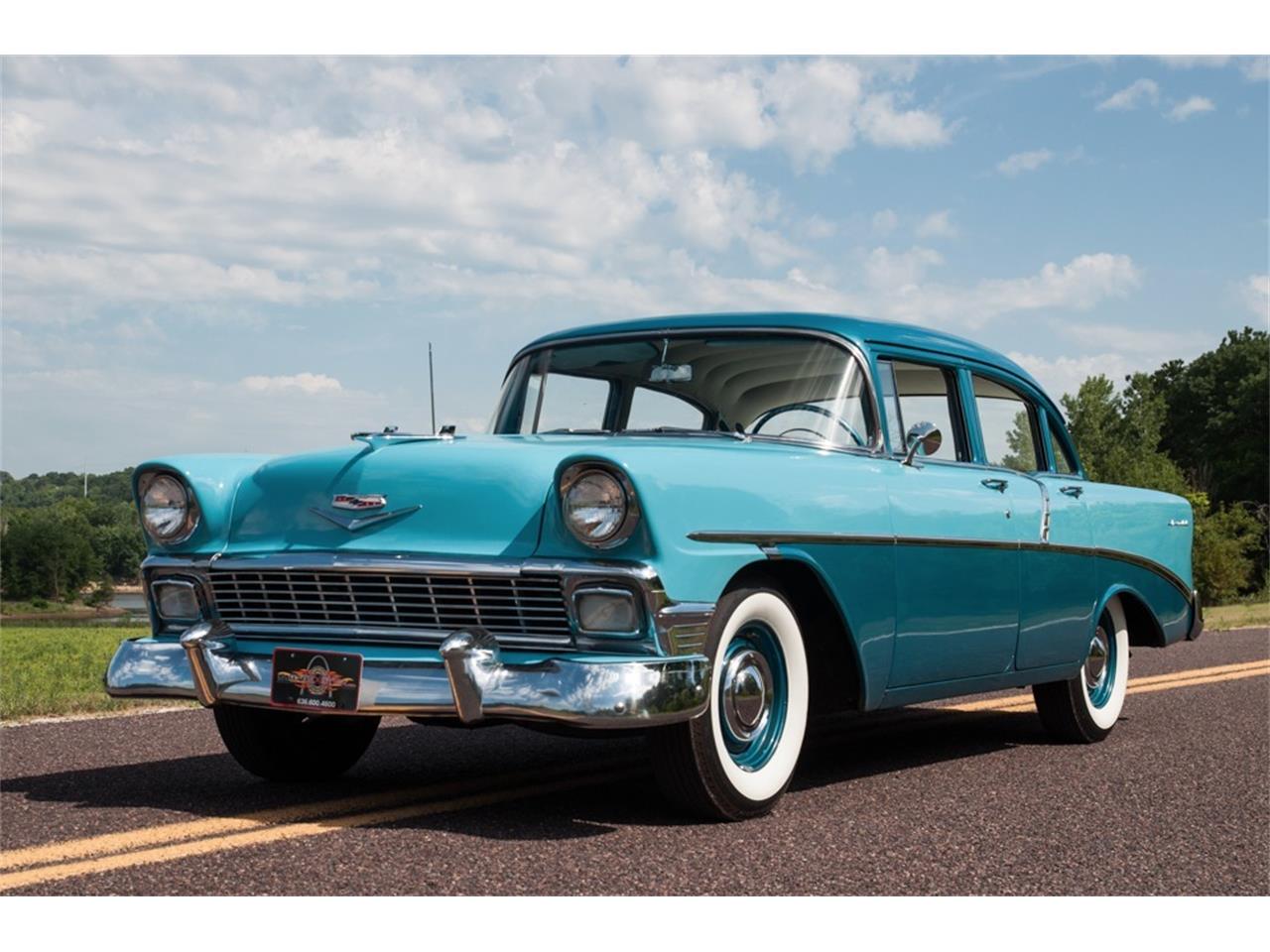
1956 Chevrolet 210 for Sale CC1000699
Huge showroom of carsfinancing optionsover 5 years in business 30 day return policysave off dealer pricesfast shippingover 10 million car parts
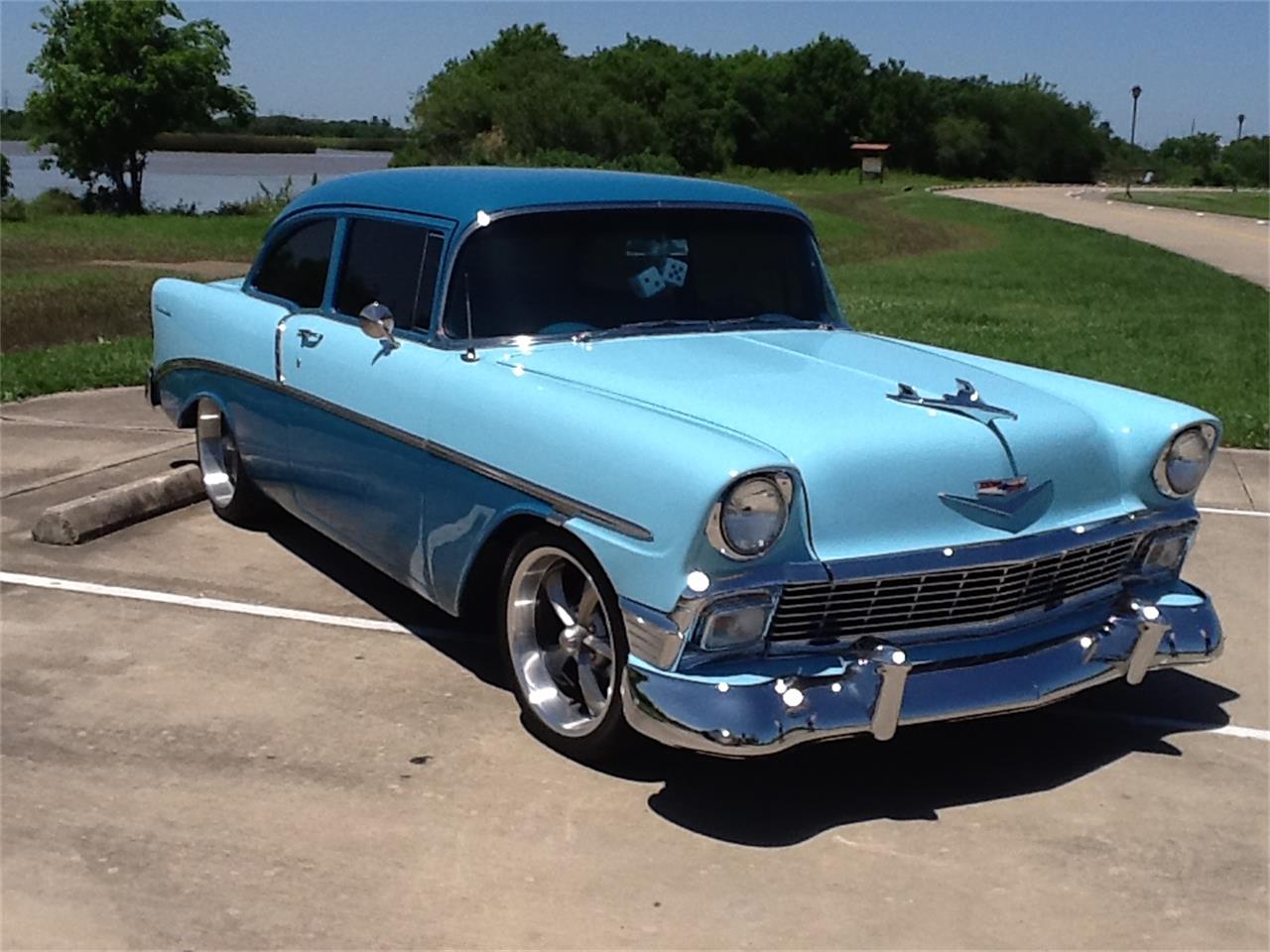
1956 Chevrolet 210 for Sale CC1300138
Huge showroom of carsfinancing optionsover 5 years in business 30 day return policysave off dealer pricesfast shippingover 10 million car parts
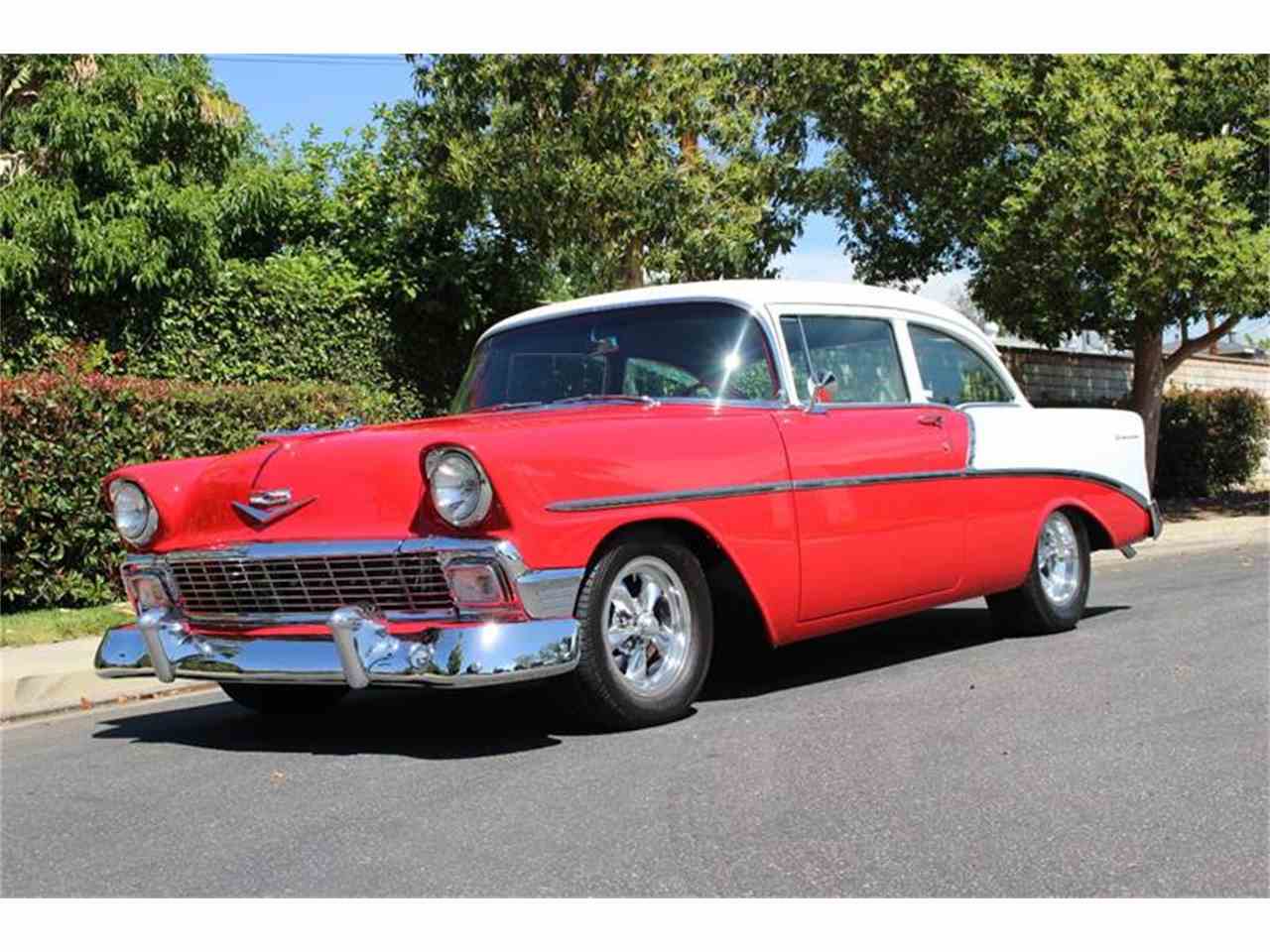
1956 Chevrolet 210 for Sale CC981284
Huge showroom of carsfinancing optionsover 5 years in business 30 day return policysave off dealer pricesfast shippingover 10 million car parts

1956 Chevrolet 210 for Sale CC981063
30 day return policysave off dealer pricesfast shippingover 10 million car parts Huge showroom of carsfinancing optionsover 5 years in business
By purchasing second-hand goods, consumers help keep products circulating in the economy, giving them new life and purpose. In the realm of real estate, for instance, selling a house is often an emotional and logistical challenge. Books, records, and collectibles are also highly sought after in the second-hand market. Electronics are another category of second-hand goods that have seen a rise in popularity. Self-help books and motivational speakers promise to sell us the tools to fix ourselves, to buy into a better version of who we could be. Despite the many advantages of buying and selling second-hand goods, there are some challenges that both buyers and sellers must navigate. For the seller, the goal is often to maximize the value of the business, while for the buyer, the focus is on ensuring that the investment is sound and that the business can continue to thrive under new ownership. For those who are passionate about antiques, art, and memorabilia, the second-hand market offers endless possibilities for finding unique and valuable items that can be passed down through generations or added to a collection. This connection between consumers and the creators of quality goods is something that’s been fostered for centuries. Another aspect that contributes to the appeal of quality goods for sale is the level of detail and attention given to the design. Moreover, buying second-hand items allows consumers to access unique and vintage products that may no longer be available in stores, offering a sense of individuality that is often missing from mass-produced, new items. It’s about change, opportunity, and the negotiation of value. This leads to the accumulation of waste that ends up in landfills, contributing to pollution and the depletion of valuable resources. We are all participants in a vast, interconnected economy, one that doesn’t just involve physical goods but extends to ideas, relationships, and even identities. For those on the outside looking in, the idea of acquiring an existing business might seem both enticing and overwhelming. Many people continue to resist the notion that everything has a price, and they fight to reclaim what is meaningful and valuable in life. The struggle is not in resisting the marketplace entirely, but in finding balance, in ensuring that the things that truly matter cannot be bought, sold, or traded. Online marketplaces have opened up opportunities for people to buy and sell goods from the comfort of their own homes. But is this a reflection of reality? Or is it an illusion we’ve created, an idea we’ve accepted in order to make sense of a world that increasingly revolves around consumption and profit?
At the core of this idea lies the assumption that everything, no matter how unique or rare, can be exchanged. Both the buyer and the seller are seeking the best possible terms, and finding common ground can be a challenge.
The buying and selling of companies, brands, and even entire industries can reshape economies, alter job markets, and redefine how goods and services are delivered. The satisfaction of purchasing quality is often deeply intertwined with the knowledge that your money is going toward something that truly deserves it. When you buy something made from premium materials, crafted with attention to detail, and tested for reliability, you can expect it to deliver value that surpasses its initial cost. What was once limited to boutique shops or high-end department stores can now be purchased from the comfort of one’s home. The concept of quality, however, is not a one-size-fits-all. Similarly, in relationships, individuals may feel as though they are selling themselves, presenting their best qualities and hoping for the best outcome. Take, for example, a high-quality piece of furniture — a well-crafted sofa or dining table can last for decades if maintained properly. It involves an in-depth understanding of the business’s financials, operations, and market position. Online platforms like Etsy, for example, have given artisans a global audience for their high-quality handmade goods. People can be bought and sold in the form of labor, for example, and loyalty can be traded for material gain. Once an agreement is reached, the final step is the legal transfer of ownership. A blacksmith might craft a sword, a tailor might stitch a suit, and a potter might mold a vase. The culture of buying second-hand goods is rapidly shifting in the modern world, particularly among younger generations. Vintage items, antiques, and pre-loved goods often carry stories and histories that new products simply cannot replicate. The due diligence process helps the buyer understand the risks involved, the company’s market potential, and any legal or operational hurdles that may exist. They also often help with legal and financial aspects, ensuring that the transaction is completed smoothly and efficiently. Business brokers play a key role in facilitating the transaction by acting as intermediaries between the buyer and seller. But the financial aspect is only one part of the equation. A house can be bought, a car can be sold, a watch can be pawned. Even in a marketplace where everything is commodified, there is still room for those moments and experiences that transcend value.